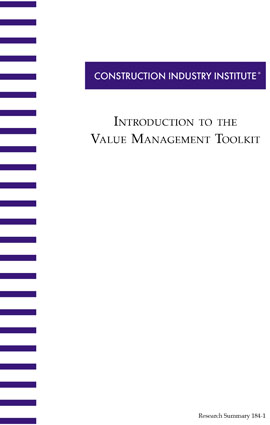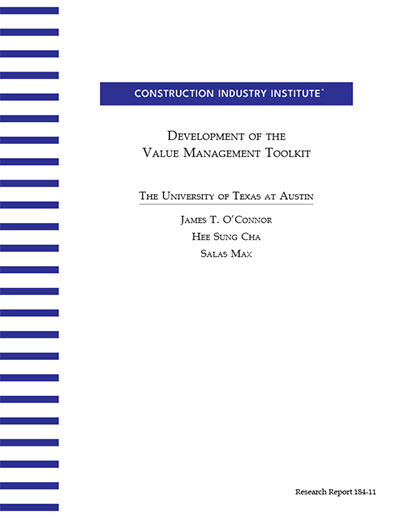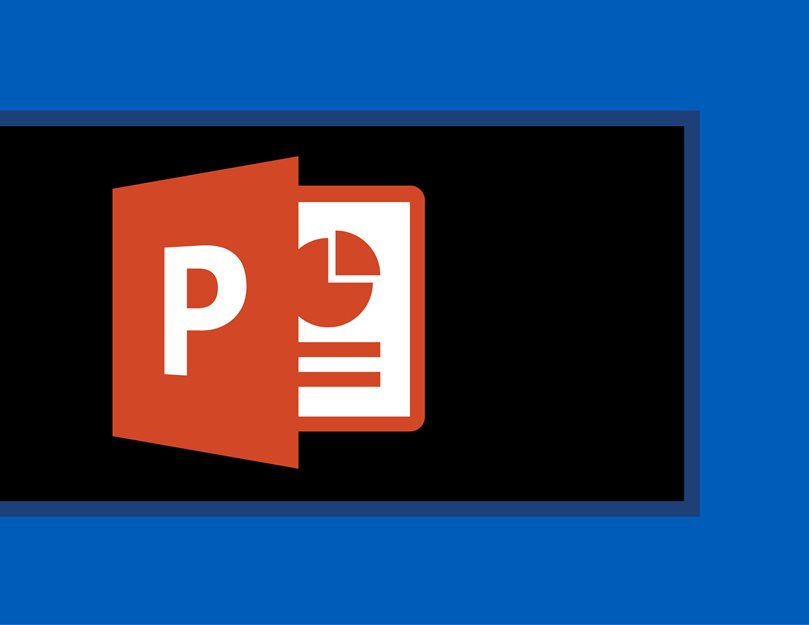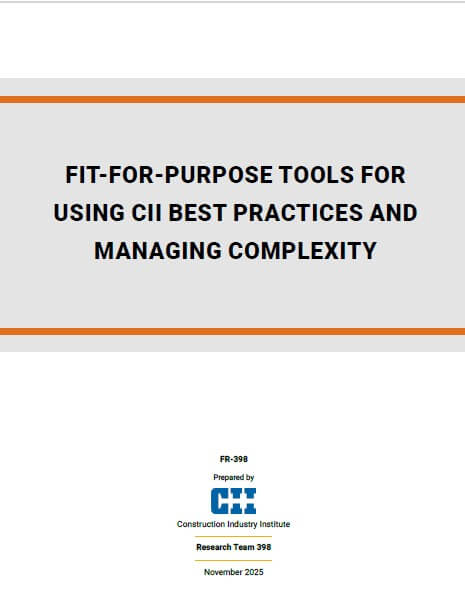
Introduction to the Value Management Toolkit
Best practices, value enhancing practices, value management, value engineering—all are terms used in construction with much confusion and mystery surrounding them. Project teams and organizations are currently overwhelmed by the number, diversity, and complexity of value management processes (VMPs) available for implementation. The result is that many cannot get their value management efforts defined, organized, or implemented in an effective way.
CII formed the Value Engineering Management Project Team (PT 184), which has developed the Value Management Toolkit to address the challenges that organizations face in the awareness, understanding, selection, and implementation of the myriad VMPs available today. This toolkit can be helpful at the program level to assist in developing a strong value management program, yet is equally focused on VMP selection and implementation at the project level.
The Toolkit provides an overview of 44 different VMPs and characterizes each VMP with nine descriptive fields of information. The VMPs are unique yet optional processes that can contribute significant value to a capital facility project, but are not currently considered across the industry as part of standard project management. The Toolkit also includes case studies, performance benchmarking data, and how-to procedural guidance. The premier feature of the Toolkit is a computer-based VMP Selection Tool for assisting project teams in selecting the VMPs best suited for their projects.
The objective of any value management program is to aid project teams in meeting clients’ expectations, goals, and project objectives. Projects may range from design and construction of a new U.S. embassy or Federal courthouse that must meet higher security threats, to new pharmaceutical plants rushing to get a new drug to market, to revamping aging oil refineries to meet tighter environmental regulations, to small-scale projects with short lives. The Value Management Toolkit offers project teams a unique tool to help meet project objectives and exceed client expectations.
The research identified 12 project value objectives for the toolkit. The objectives include the following as a sample, while all 12 are detailed in the research. (RS184-1, p. 3)
- Construction safety and health
- Product or service quality
- Environmental stewardship
The Value Management Toolkit presents 44 VMPs that support the 12 project value objectives. The VMPs are also grouped into five primary application categories. (RS184-1, p. 8)
- Broad application
- Organizational
- Planning
- Design/construction
- Operations/maintenance
The Toolkit includes the following nine descriptive fields of information for each of the 44 VMPs. (RS184-1, p. 11)
- Purpose and objectives
- Primary benefits
- Key deliverables
- Circumstances for leveraged application
- Optimal timing for implementation
- Lead organization(s) for implementing
- Other participants
- References for more information
- Sequence of steps in process
The premier feature of the Toolkit was its computer-based VMP selection tool (RS184-1, p. 12). The four principles of the selection tool were:
- Primary desire benefit
- Timing of implementation
- Magnitude of impact
- Suitability to the project



